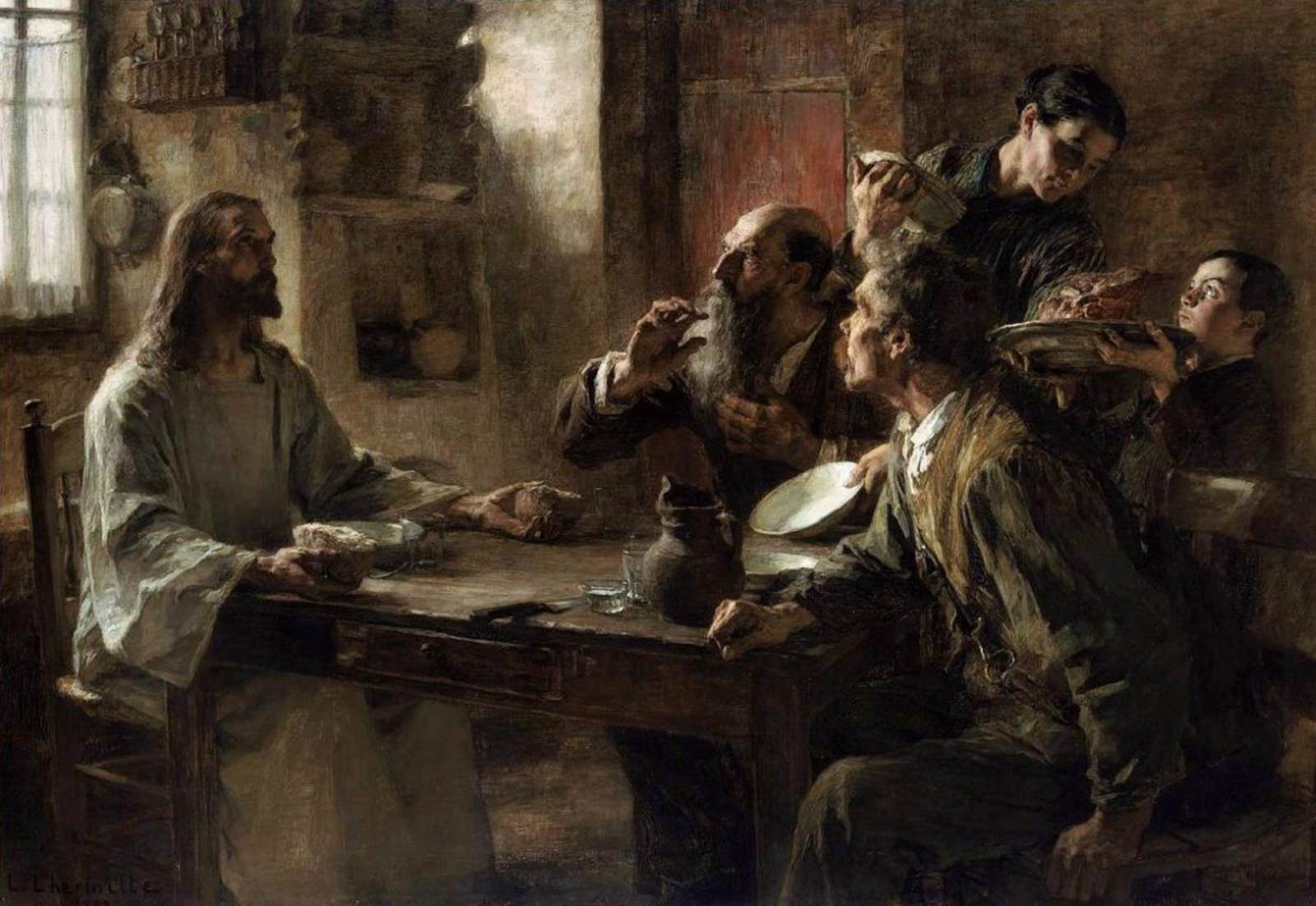Description
The painting Supper at Emmaus by Léon-Augustin Lhermitte is a masterpiece of 19th-century French realism. The scene depicts the moment when Jesus' disciples recognize him after his resurrection during a dinner at Emmaus. The painting's composition is impressive, with the characters positioned at a diagonal angle that draws the viewer's gaze across the table and into the back of the room.
The use of color in the painting is remarkable, with an earthy palette reflecting the humbleness of the setting and the simplicity of the food. Natural light coming through the window illuminates the face of Jesus, making it the focal point of the painting. The realism of the painting is accentuated by the attention to detail in the costumes and the objects in the room.
The history of the painting is interesting, as it was commissioned by the French government to be exhibited at the World's Fair in Paris in 1878. The painting received a gold medal at the exhibition and was acquired by the French state for the Museum's collection. from the Louvre.
A little known aspect of the painting is that Lhermitte used his friends and family as models for the characters in the painting. Additionally, the painting underwent a major restoration in the 1970s, after it was damaged during World War II.
In short, the painting Supper at Emmaus is a masterpiece of 19th century French realism. Composition, color, and attention to detail make the painting impressive, while the painting's history and little-known aspects add a fascinating element to this work of art.

